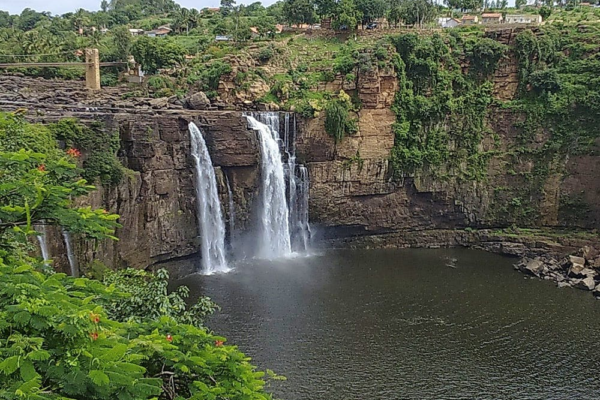Belgaum Fort, nestled in the heart of Belgaum city in Karnataka, stands as a silent witness to the tumultuous history and architectural grandeur of the region. This formidable fortress, with its deep-rooted historical significance and unique architectural elements, offers a fascinating glimpse into Karnataka’s past. This blog delves into the history, architecture, and the must-see aspects of Belgaum Fort, guiding visitors through a journey back in time.
The Historical Tapestry of Belgaum Fort
Constructed in the 13th century by the Ratta Dynasty and later fortified by successive rulers, including the Yadavas, Bahmani Sultanate, and the Adil Shahi dynasty, Belgaum Fort has been a pivotal military stronghold and a melting pot of cultural influences. Its walls have witnessed significant historical events, from the rise and fall of empires to the freedom struggle against British colonialism.
Architectural Marvels Within the Fort
Belgaum Fort is renowned for its unique blend of architectural styles, reflecting the diverse dynasties that have ruled over it. Key attractions within the fort include:
- Kamal Basadi Jain Temple: Adorned with intricate carvings and housing the idol of Neminatha, this temple is a fine example of Jain architectural brilliance.
- Safa Mosque: Built by the Adil Shahi rulers, the mosque showcases a fusion of Indo-Saracenic architecture, notable for its elegant arches and domes.
Exploring the Fort: What to Expect
Visitors to Belgaum Fort can expect a journey through time, walking through ancient gateways, exploring historic temples and mosques, and marveling at the fort’s defensive structures. The fort’s serene ambiance, coupled with its historical aura, makes it a perfect spot for history enthusiasts and casual visitors alike.
Tips for Visiting Belgaum Fort
- Best Time to Visit: The cooler months from October to February offer pleasant weather for exploring the fort’s expansive grounds.
- Guided Tours: Opting for a guided tour can enhance the experience, providing deeper insights into the fort’s history and architectural nuances.
- Photography: The fort’s picturesque settings and architectural details offer ample opportunities for photography. However, visitors are advised to respect any photography restrictions within temple and mosque premises.
Belgaum Fort is not just a historical monument; it’s a narrative of Karnataka’s rich heritage, architectural innovation, and the cultural confluence that defines the region. A visit to the fort is a journey into the heart of Belgaum’s past, offering a reflective glimpse into the stories and structures that have shaped the city’s identity.




